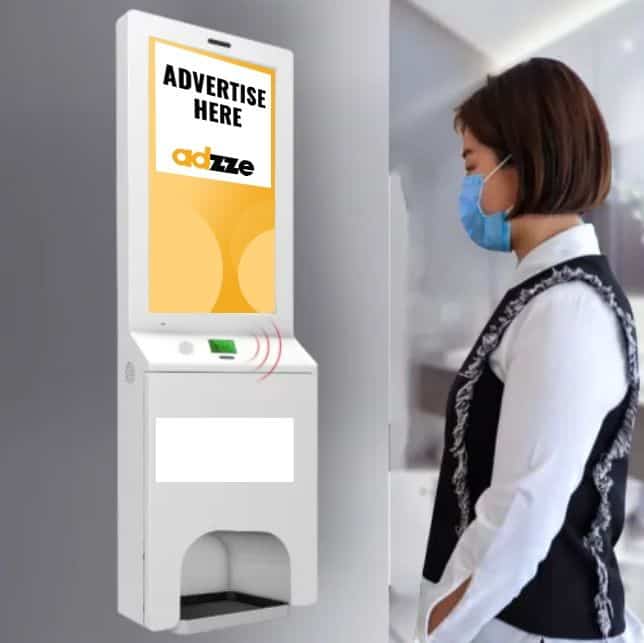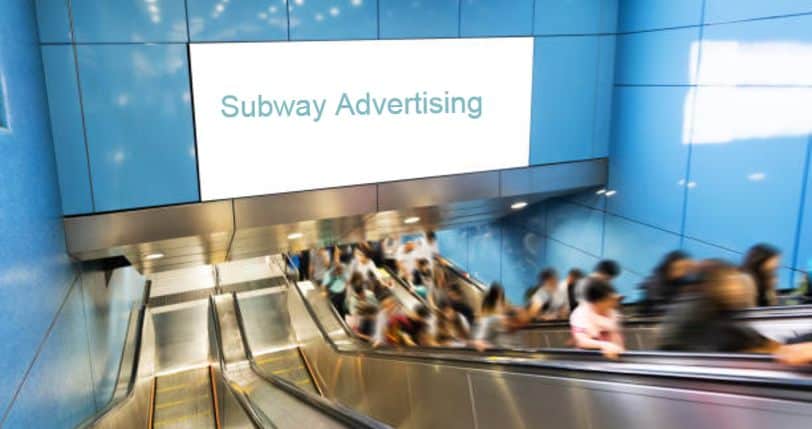One of the questions that marketers are asking is, do ads in the subway really work? The effectiveness of subway advertising largely depends on volumes of people using the subway stations. If you are a marketer considering advertising at the subway stations, there are a number of reasons to consider more effective approaches proven to work especially at this time of the pandemic.
How Does the Pandemic Affect Subway Advertising
After the pandemic, the American Federal Government in conjunction with state governments asked people to stay and work from home. This was necessary to control the spread of Coronavirus, which spreads from person to another through coughing, sneezing and touching infected surfaces. Following the advisories, which were backed by the American Centre for Disease Control, subway stations remains a no go zone for millions of Americans who want to keep themselves and their families safe.
In that regard, the traffic at the subways has gone down considerably. That means that it is harder for subway adverts to reach the intended audience.
Other Reasons Why Subway Advertising is Not Effective
Difficulty To Reach Targeted audience
Advertisers may not reach the audience they intended to reach when placing the advertisement displays at the subway stations. This is because; there is no guarantee that the targeted audience will be using the subway. For instance, people are choosing to purchase private vehicles, rather than keep using buses and trains, where there are higher chances of contracting the deadly virus. Therefore, the people using the subways today, may not be the right people for your products. A good solution to this is delivering the adverts where the people are.
Advertisement Message Difficulty to Customize
In advertisement industry, one of the best strategies to reach your target audience is customizing the advertisement. Customizing the advertisement messages you are going to place at the subway stations can be difficult. In most cases, the subway serves people of different demographics. Therefore, the advertiser may have to place multiple adverts with different messages, in order to target all age groups using the subways.
Not Targeted
Targeting the right audience helps to generate maximum interactions. With the subway advertising approach, your targeting may not be articulate. Therefore, there is no guarantee that you will reach potential buyers.
For marketers who want to reach more people, the best approach is to deliver adverts where there are higher chances of gaining attention. One of the best approaches available to marketers involves the placement of advertising displays at the sanitization stations.







